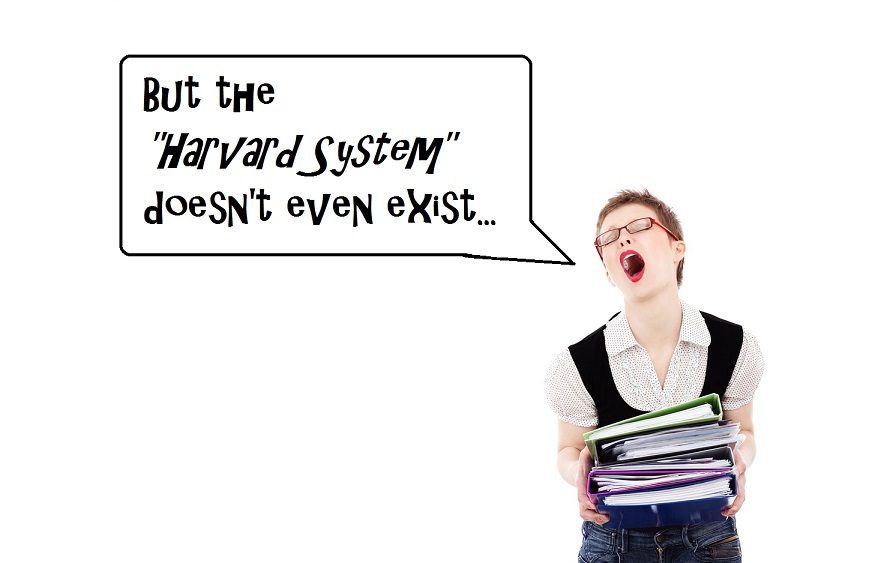Proofreading and editing the reference section
It takes a particular type of person to enjoy editing a reference section.

The highly specific and seemingly arbitrary rules about where the comma goes and what must and must not be in italics for each type of reference, for each different journal are the sort of thing that might appeal to someone who ordered their childhood CD collection in rainbow order, with alphabetical second-level ordering for colour-matched spines.
Unless you are the Rain Man and have typing fingers as steady as the world move-the-ring-around-the-wire champion, then you will undoubtedly have inconsistent formatting in your reference section – even if you have used MS Word add-ins such as endnote or reference manager to create them for you.
Why? Because, when it comes to reference management software, it's a case of garbage in, garbage out.
There are two aspects to getting it right:
- Entering all of the data, precisely, 100%, correctly.
- Knowing what correct actually is for your work.
1) The accuracy of the entries is all down to you. You are human, and you make mistakes (unless you are Rain Man or have other superhuman powers).
2) This depends on where you submit it to. If it's a PhD thesis or a dissertation, then your university should have its guidelines and preferences published for you to follow. Great. If it's a journal then similarly, they publish guidance. But, is this guidance clear? Well, actually, a disappointingly large proportion of it is not clear at all. In fact, it often contradicts itself.
It is increasingly common now for an academic journal paper that I edit to have an auto-generated reference section. So, what does that mean? It's perfect, right?
Wrong. So often the target journal for submitting the paper to will have guidelines that say something like: "Harvard referencing must be used" and then give examples of reference styles.
Here's one from the Emerald group journal on corporate governance:
References to other publications must be in Harvard style
Then, they give this example for a journal article:
Capizzi, M.T. and Ferguson, R. (2005), "Loyalty trends for the twenty-first century", Journal of Consumer Marketing, Vol. 22 No. 2, pp. 72–80.
Let's compare this with guidance given on how to cite journals in the Harvard style from some other sources:
Edinburgh University request this format, declaring it to be "Harvard":
HEIN, J., REID, F., SMITH, L., BUSH, I., GUEST, M. & SHERWOOD, P. (2005) On the performance of molecular dynamics applications on current high-end systems. Philosophical Transactions of the Royal Society London, Series A (Mathematical, Physical and Engineering Sciences), 363, 1987–1998.
When Exeter University ask for Harvard referencing, they want this:
Muller, V. (1994) 'Trapped in the body: Transsexualism, the law, sexual identity', The Australian Feminist Law Journal, vol. 3, August, pp. 103–107.
Note some differences:
- Capital letters for surnames.
- Comma after year of publication.
- Single/double/no speech marks around title of publication.
- Volume information labelling.
- Page range reference.
Why is this allowed? Why hasn't Harvard university sorted this out?
Well, as a Harvard librarian explains:
The 'Harvard System' is something of a misnomer, as there is no official institutional connection. It's another name for the author/date citation system, the custom of using author and date in parentheses, e.g. (Robbins 1987) to refer readers to the full bibliographic citations in appended bibliographies. Some Harvard faculty were among the first practitioners in the late 19th century, and the name stuck, particularly in England and the Commonwealth countries.
So, if you had autogenerated the reference section, then even though the journal says it wants you to use the Harvard system, what they are expecting might be different from the implementation of Harvard that another institution might be using and you can be sure that this will differ from the version pre-built into MS Word's reference manager or endnote plugin.
In this fog of uncertainty, what can you do?
In order of preference:
- Mimic the explicit examples given by your target journal.
- Follow the broad guidance given by your target journal, e.g. Harvard (author/date).
- Follow an authoritative source, such as Chicago Manual of Style, consistently.
And, of course, there is option 4: pay a proofreader or editor to format your references for you (assuming you are allowed that level of assistance)! Don't forget to mention which journal you're submitting it to so that the formatting can be made to match perfectly and the journal will have a great impression of how diligently your manuscript has been prepared.
